
Llama vs. ChatGPT vs. Claude | Best LLM for 2024
Table of Contents
In 2024, large language models (LLMs) have become crucial for transforming industries and enhancing personal productivity. As artificial intelligence (AI) tools grow more sophisticated, the competition among leading LLMs has intensified. Three major contenders have emerged at the forefront: Llama vs. ChatGPT vs. Claude. These models each bring unique features, capabilities, and ethical considerations, offering businesses and individuals a range of options to choose from. But which one reigns supreme?
In this blog, we’ll explore the key features of ChatGPT, Llama, and Claude, comparing their strengths and weaknesses to help you determine the best LLM for your needs in 2024. We’ll also dive into the growing AI trends, looking at how these models are shaping the future of work and technology.
The Ever-Shifting Landscape of AI
AI is driving rapid advancements in automation, creativity, and decision-making across industries. From content generation to coding and customer service, AI tools have become indispensable. In 2024, the focus has shifted towards making AI more ethical, aligned with human values, and accessible for a broader audience.
The LLM landscape is constantly evolving, with new models emerging and existing ones being refined. Before delving into the specifics of each LLM, let's examine some key trends shaping the AI landscape:
- Versatility is King: LLMs are being designed to handle an ever-expanding range of tasks, encompassing content creation, code generation, and complex problem-solving.
- Accuracy Matters: Ensuring the accuracy of the information generated by LLMs is a growing priority.
- Ethical Considerations: As LLMs become more powerful, ethical concerns regarding bias and misuse are paramount.
AI in the workplace is no longer a distant vision. AI tools have become central to daily operations, influencing everything from customer service to complex data analysis. In 2024, three major players dominate the AI conversation: OpenAI’s ChatGPT, Meta Llama, and Anthropic’s Claude.
Each tool brings unique capabilities, transforming the way people interact with machines and improving workflows. Before we dive into comparisons, let’s start by exploring each tool in detail, starting with OpenAI’s revolutionary ChatGPT.
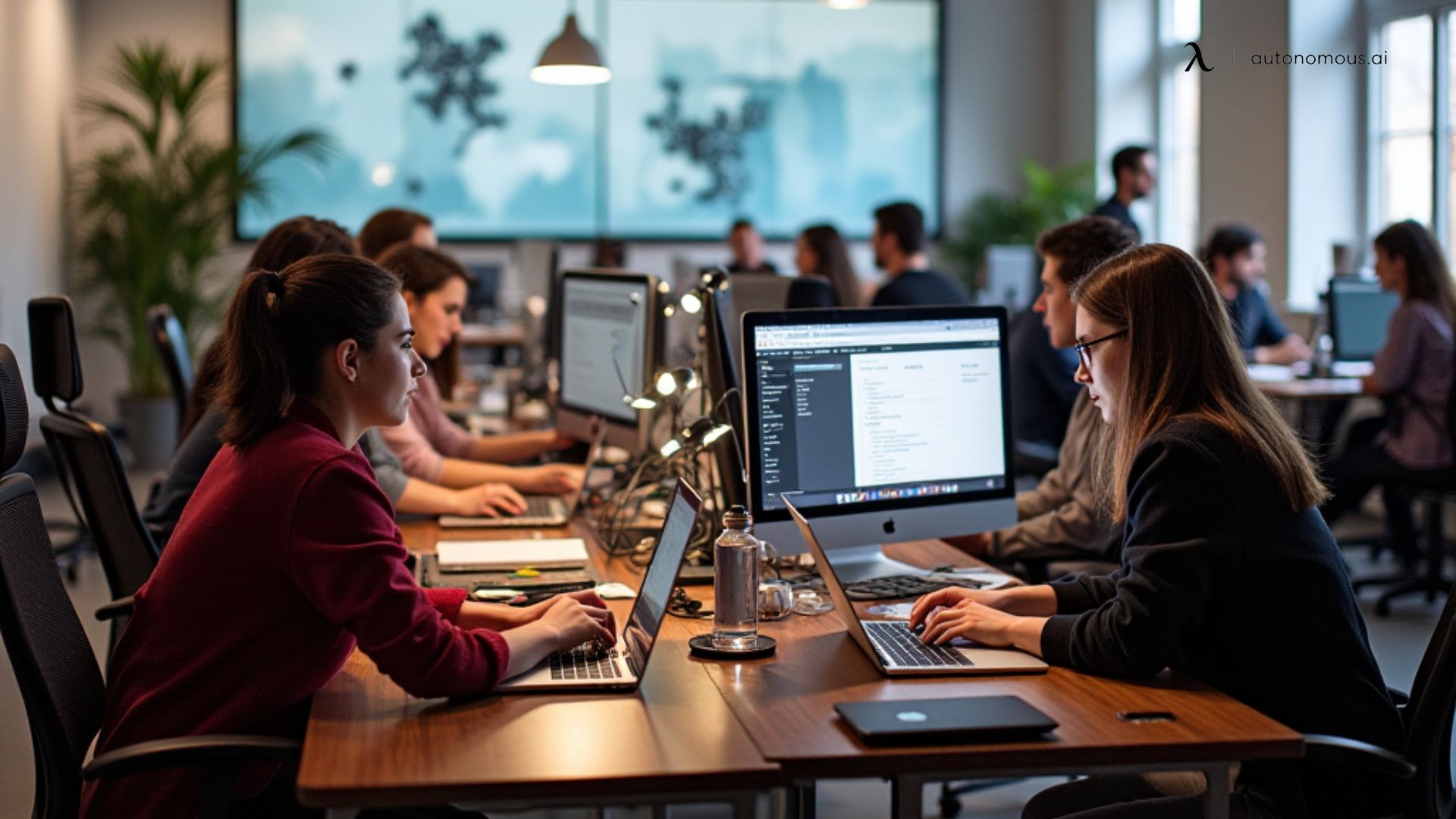
OpenAI’s ChatGPT
OpenAI’s ChatGPT is one of the most well-known and widely used AI language models. Initially launched in 2020, ChatGPT is based on the GPT (Generative Pre-trained Transformer) architecture, and it has gone through multiple iterations to become more advanced and capable of performing a wide range of tasks. Its latest version, GPT-4, is a significant upgrade from its predecessors, offering users enhanced abilities in natural language understanding and generation.
ChatGPT has become a popular tool for both personal and professional use, capable of performing tasks such as content writing, answering complex questions, tutoring, providing recommendations, and even coding assistance. Let’s dive deeper into what makes ChatGPT stand out among AI models.
How Does ChatGPT Work?
ChatGPT operates on the transformer architecture, which is a type of deep learning model well-suited for understanding sequences, such as text. At its core, ChatGPT is a language prediction model. It works by processing input text (known as tokens), understanding the context, and predicting the most appropriate next word or sequence of words to generate a coherent response.
Here’s a breakdown of how ChatGPT works:
- Tokenization: When a user inputs text, ChatGPT splits the text into smaller units called tokens. Tokens are sequences of characters that can range from a single letter to a full word.
- Contextual Understanding: ChatGPT uses contextual embeddings to understand the relationships between tokens and how they relate to the entire input sequence.
- Next-Word Prediction: Based on the input tokens, ChatGPT predicts the next token in the sequence by calculating the probability of various possible outcomes.
- Generation: After predicting the next token, the process repeats until the model produces a complete response. The model continuously updates its understanding of the context to ensure that the generated response makes sense.
This process enables ChatGPT to handle a wide variety of tasks, ranging from simple questions to in-depth conversations, making it a versatile tool for businesses and individuals alike.
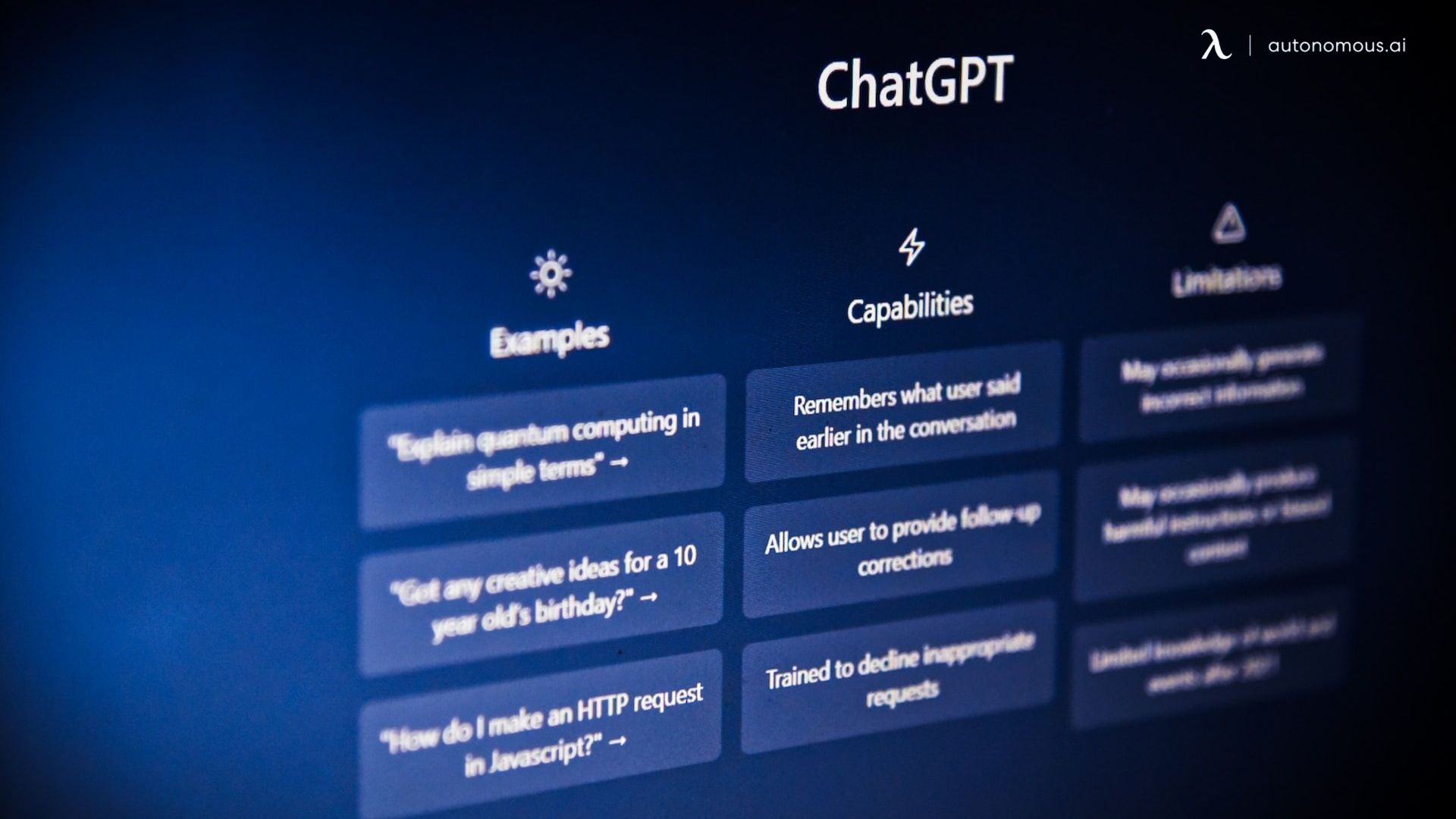
Unique and Important Features of ChatGPT
ChatGPT offers several features that make it stand out among other LLMs:
- Natural Language Understanding: ChatGPT can comprehend and generate responses in natural language, allowing for smooth, human-like conversations.
- Wide Application Range: ChatGPT is used in various industries, including marketing, customer service, software development, education, and healthcare, due to its adaptability.
- Multi-Language Support: Although it is predominantly trained on English data, ChatGPT can handle multiple languages, making it accessible to users across the globe.
- Large Knowledge Base: With access to extensive training data, ChatGPT can answer questions and generate text on a broad range of topics, from general knowledge to specialized subjects like coding and technical writing.
- Contextual Awareness: ChatGPT has the ability to maintain context within a conversation, allowing it to provide more relevant and coherent responses over time.
- Customization: Users can fine-tune or adjust how ChatGPT interacts, whether for more formal conversations or to generate creative content.
For example, it can be used to create blog content, write emails, generate code, or even explain complex concepts in simpler terms. If you are looking to incorporate AI tools like ChatGPT for writing purposes, you can explore more AI tools for writing.
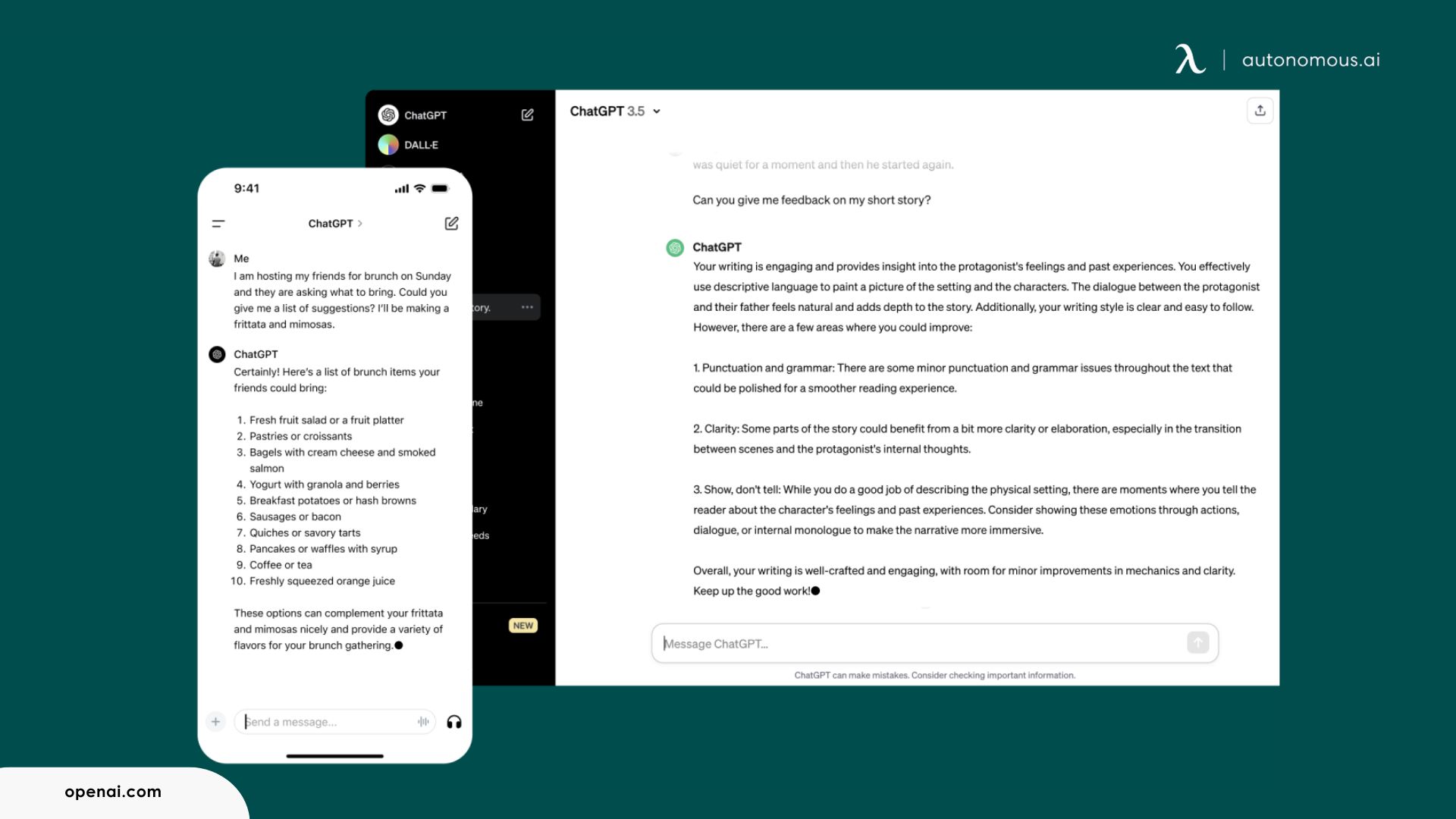
ChatGPT’s Capabilities in Different Domains
- Content Creation: ChatGPT is widely used for generating content, whether it's blog posts, product descriptions, or marketing copy. The AI tool has become a go-to solution for writers looking for quick, high-quality drafts or creative inspiration.
- Coding Assistance: Developers can use ChatGPT to generate code snippets, troubleshoot issues, or get explanations for coding-related problems. Its ability to handle programming languages makes it a powerful tool in software development. For more details on how AI can support coding, check out the top AI tools for coding.
- Customer Service: Businesses have integrated ChatGPT into customer service operations to handle common queries, allowing for more efficient and effective user interactions.
- Education and Tutoring: ChatGPT can provide explanations for difficult topics, making it useful for students who need additional support in understanding concepts.
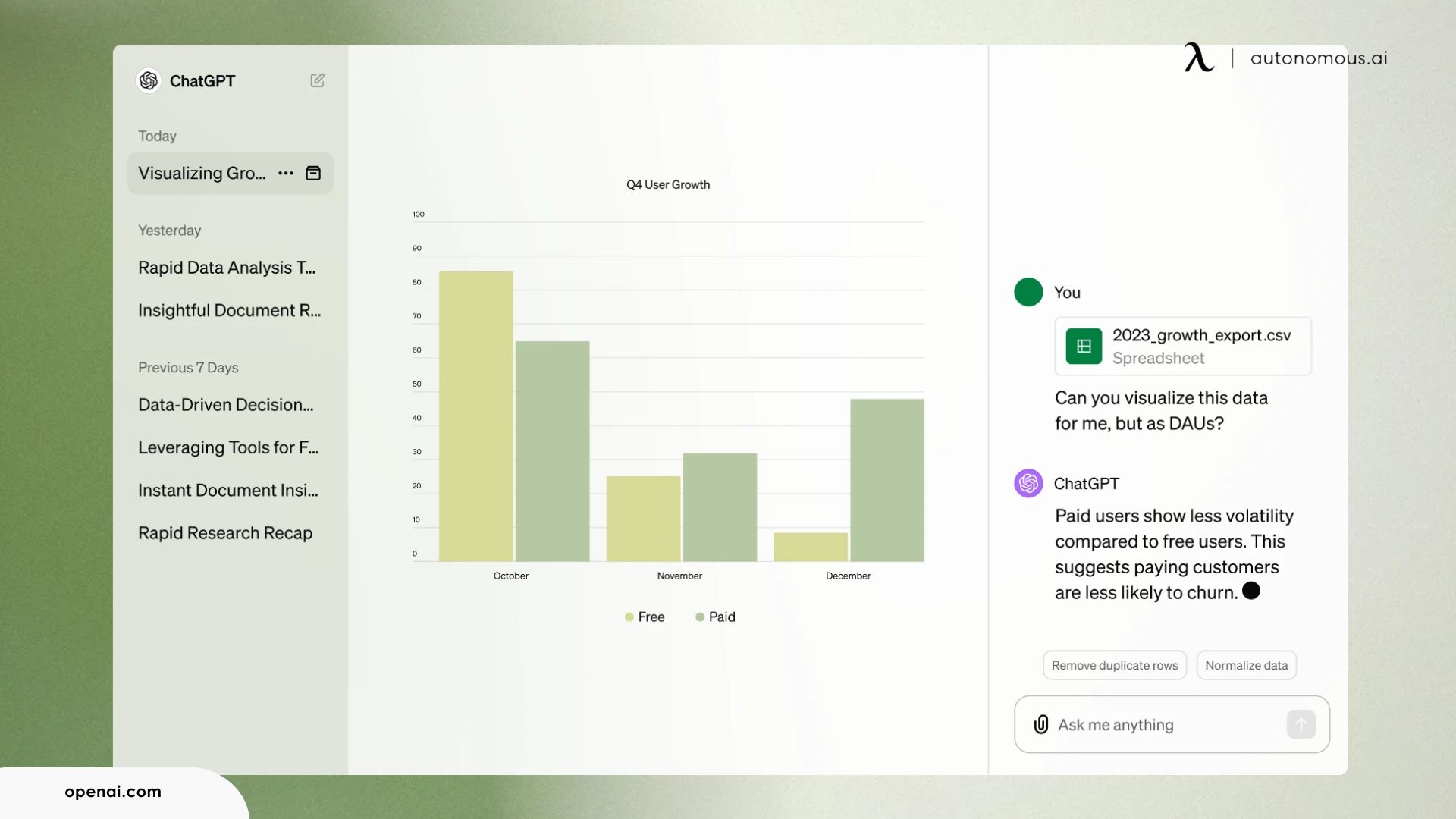
Ethics: ChatGPT’s Challenges and Solutions
As with any advanced AI tool, ChatGPT faces ethical challenges, particularly in the areas of bias, data privacy, and misinformation. OpenAI has taken significant steps to mitigate these issues, but there are still ongoing discussions about how to ensure that the technology is used responsibly.
- Bias in Outputs: Since ChatGPT is trained on vast amounts of text data from the internet, it can sometimes reproduce biases present in the data. This can lead to the model generating biased or inappropriate responses. OpenAI continuously works to reduce these biases by improving training processes and integrating more diverse datasets.
- Data Privacy Concerns: One of the key ethical concerns with ChatGPT is related to how user data is handled. OpenAI has introduced policies to ensure that user interactions are private and secure, but concerns still linger about how much data the model retains and how that data might be used in the future. Many users are looking for AI solutions that emphasize privacy, like privacy-focused AI tools.
- Misinformation: ChatGPT generates responses based on its training data, which can sometimes include inaccurate or outdated information. OpenAI is working to improve the model’s ability to distinguish fact from fiction, but this remains an area where users need to exercise caution, especially in professional and educational contexts.
- Ethical Usage: OpenAI has established guidelines to encourage responsible use of ChatGPT. The company promotes transparency in how the model is used and provides tools to prevent malicious use, such as the dissemination of harmful content or the generation of misleading information.
Despite these ethical challenges, ChatGPT continues to be a leading AI tool, offering substantial benefits to users in many domains. Its popularity is due in part to OpenAI’s commitment to addressing these issues, making the model more reliable and responsible as the technology evolves.

Meta Llama / Meta AI
Meta Llama (Large Language Model Meta AI) is Meta’s answer to the growing popularity of large language models like OpenAI’s ChatGPT. First introduced in 2022, Llama aims to democratize access to AI tools, making them more efficient and customizable for developers and businesses alike. Unlike many of its competitors, Llama focuses on being lightweight and optimized for use in various business and development environments, reducing the computational resources needed to generate high-quality text outputs.
With the recent releases of Llama 2 and Llama 3, Meta has refined the model’s capabilities, making it a strong competitor in the large language model space. Here’s a closer look at how Meta Llama works and what sets it apart from other models.

How Does Llama Work?
Meta’s Llama is built on transformer-based architecture, the same deep learning model used by OpenAI’s GPT series. The transformer model is excellent at processing sequences of data, like text, and making predictions based on the patterns it recognizes. What makes Llama different is its focus on efficiency and customization for specific applications, allowing users to deploy the AI in environments that may have limited resources.
Llama’s process can be broken down as follows:
- Tokenization: Similar to ChatGPT, Llama breaks down input text into smaller units called tokens. Each token is then processed by the model.
- Contextual Embeddings: Llama uses neural networks to map these tokens into contextual embeddings, which help the model understand the relationships between different words in a sentence or paragraph.
- Prediction: Based on the processed embeddings, Llama predicts the next word or sequence of words, generating a coherent response to the input.
- Efficiency: Llama stands out by requiring fewer computational resources compared to some other large models, making it faster and more scalable for smaller businesses or developers looking for affordable AI solutions.
Llama’s lightweight architecture doesn’t mean it sacrifices power; in fact, it offers a strong alternative to OpenAI’s ChatGPT, particularly for developers who want more control over their AI systems.
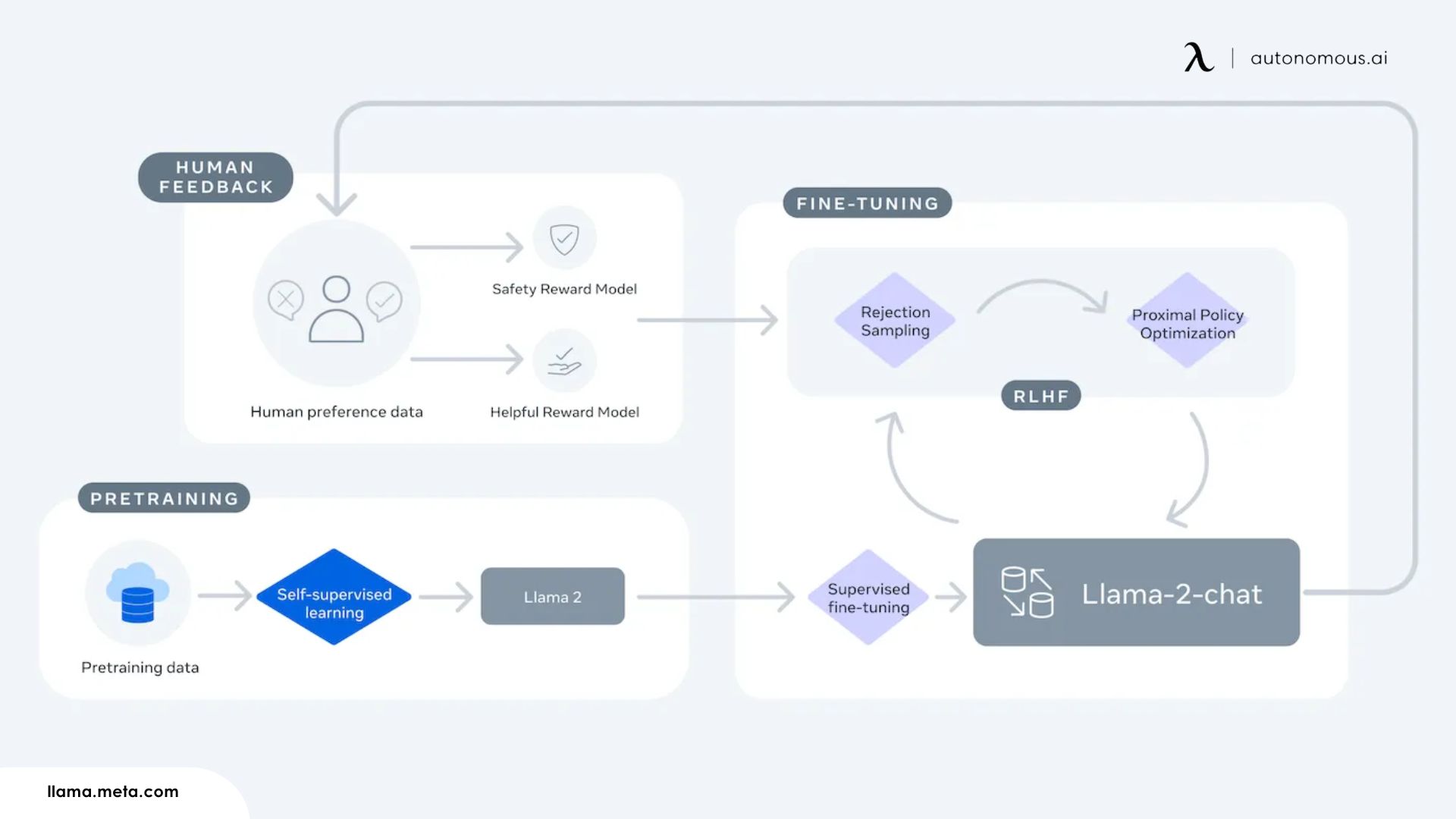
Unique and Important Features of Llama
- Lightweight and Efficient: Llama is designed to be more resource-efficient, allowing businesses to deploy AI models without needing vast amounts of computational power.
- Developer-Focused: Meta has optimized Llama for developers who need to fine-tune and customize AI models for specific applications, making it more flexible than some other LLMs.
- Open-Source Availability: Llama is available as an open-source tool, making it accessible to a broader audience and allowing developers to integrate the model into their own applications and tools.
- Scalability: Due to its efficiency, Llama is easier to scale for small- to mid-sized businesses that want to integrate AI without a significant financial or resource investment.
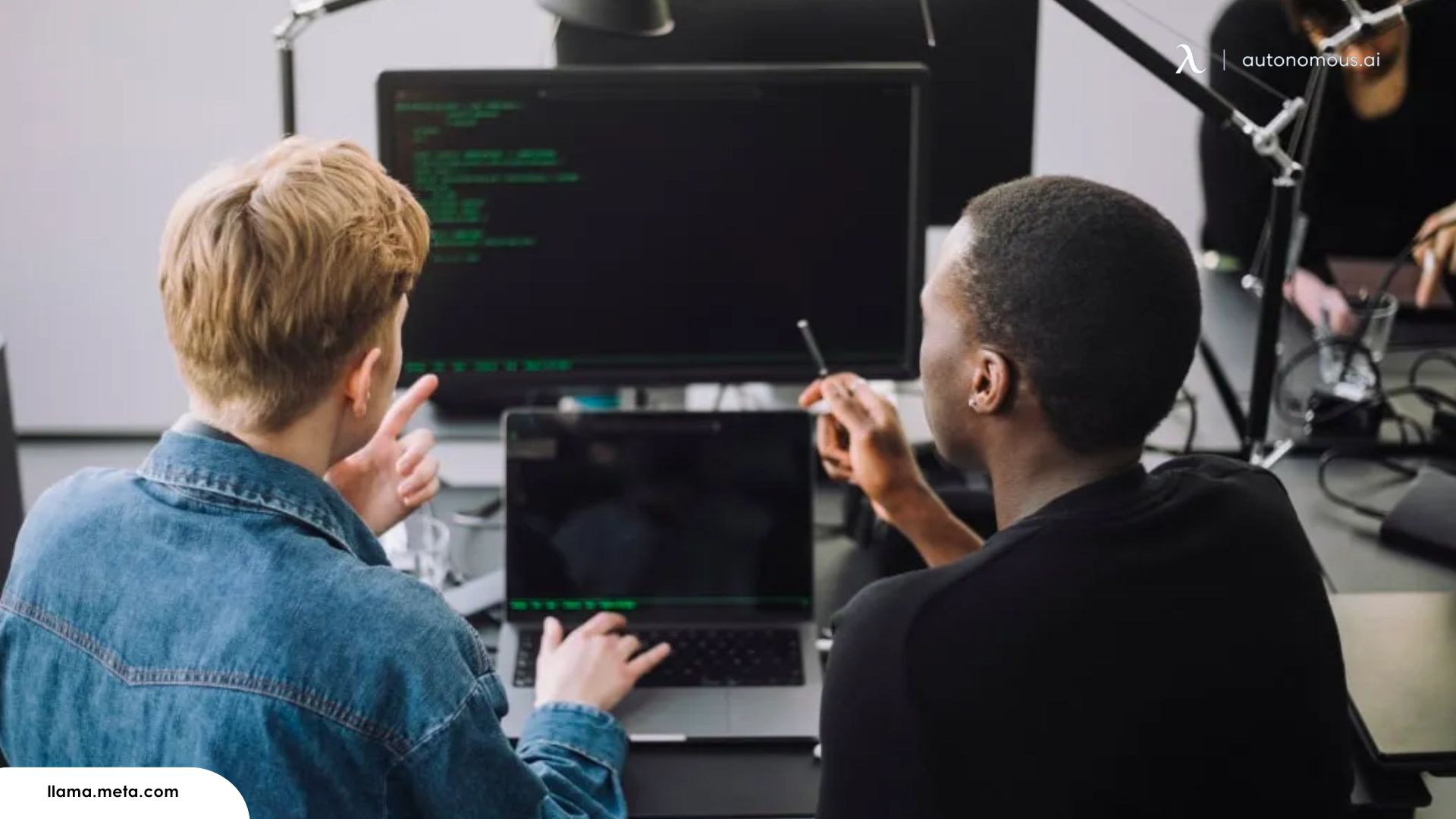
Ethics of Meta Llama
Like other large language models, Llama faces challenges when it comes to bias, misinformation, and transparency. However, Meta has been actively working on making Llama more transparent and responsible, particularly with the release of Llama 2 and Llama 3. These versions aim to reduce biases and prevent the generation of harmful content, while also providing developers with more control over how the model is used.
Meta has also implemented clearer guidelines around how Llama handles user data, making it a more trustworthy option for businesses concerned about data privacy and ethical AI usage.
Anthropic’s Claude
Anthropic’s Claude is a relatively new entrant to the large language model race but stands out due to its strong focus on safety, alignment, and ethical AI. Named after Claude Shannon, the father of information theory, Anthropic’s Claude is designed to prioritize user safety and ensure the AI remains aligned with human values and intentions. This sets it apart from other LLMs that prioritize performance or speed.
Founded by former OpenAI researchers, Anthropic created Claude to address some of the ethical challenges faced by other LLMs. Claude is often used in industries where AI safety and ethical considerations are paramount, such as healthcare, legal services, and education.
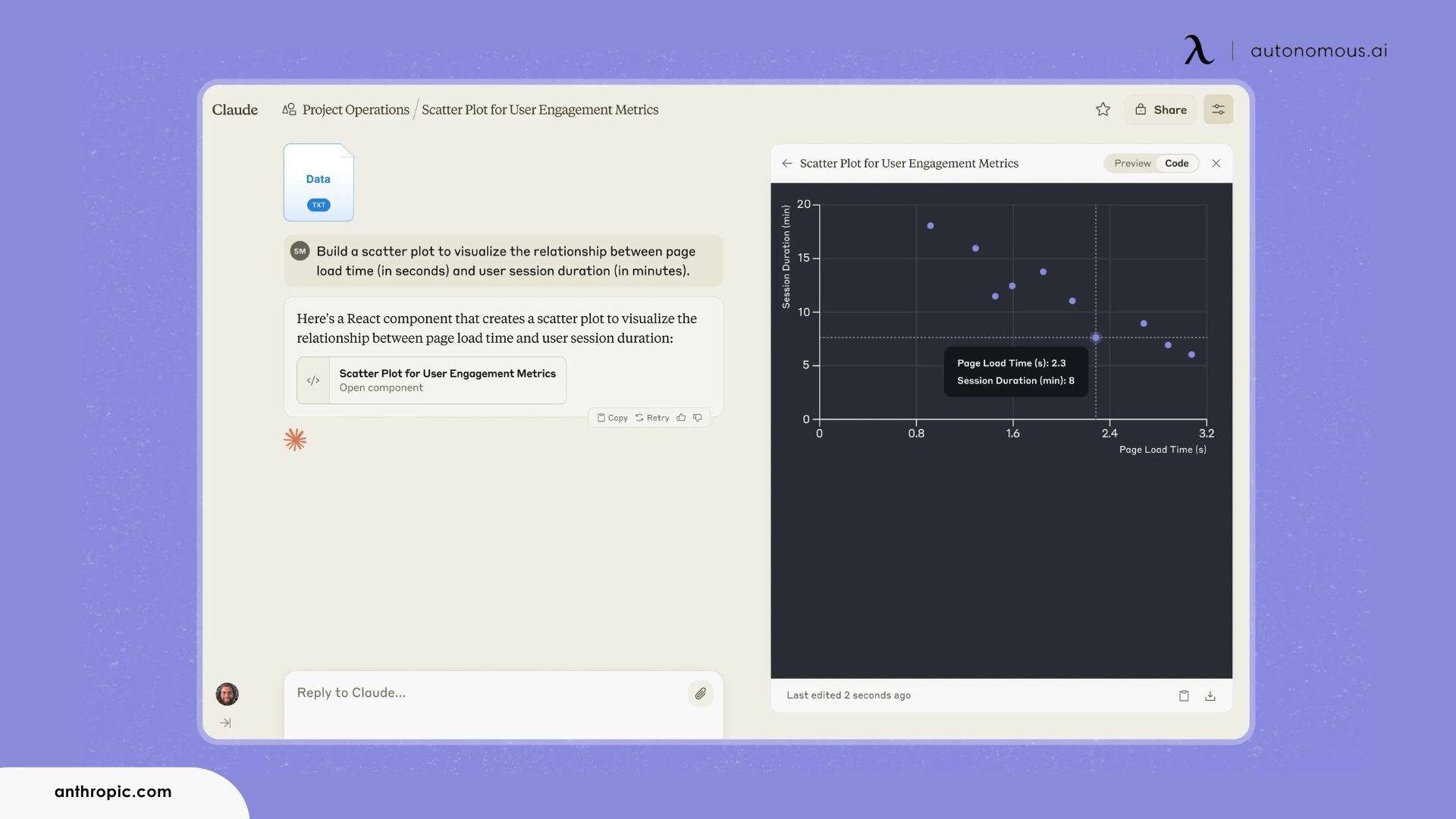
How Does Claude Work?
Like ChatGPT and Llama, Claude operates using transformer-based architecture. However, its development focuses heavily on alignment, meaning the model is trained to better understand and adhere to human intentions and values. This is a core differentiator that makes Claude more suitable for businesses that require AI safety and ethical behavior at the forefront of their AI solutions.
This best AI tool has some highlights:
- Interpretability: Claude is built with mechanisms that make its outputs more interpretable to users, ensuring they can understand how and why the AI generated a particular response.
- Alignment with Human Values: Claude uses training techniques that focus on aligning the model’s responses with human values, reducing the risk of generating harmful or biased content.
- Safety Mechanisms: Anthropic’s Claude includes built-in safety measures that prevent it from generating inappropriate, harmful, or unethical content, making it one of the safest LLMs available.
- Iterative Improvements: Claude is continuously updated to improve alignment and safety, using feedback from real-world interactions to minimize the risks associated with AI misuse.
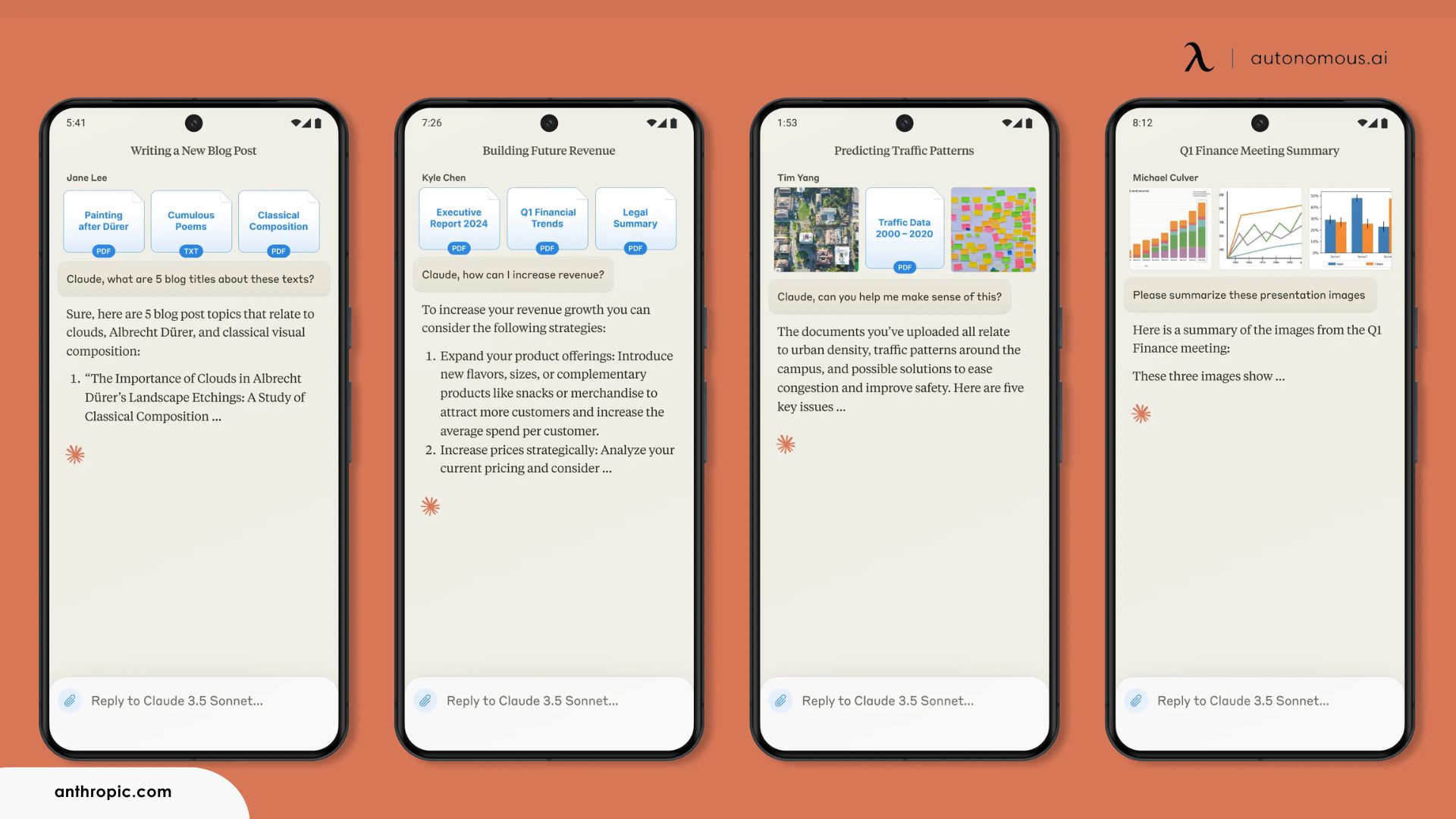
Ethics of Claude
Anthropic has built Claude with ethics at the forefront, addressing some of the biggest concerns associated with LLMs. Bias reduction, transparency, and user control are central to Claude’s development, making it a safer and more reliable tool for businesses that need to meet strict ethical standards.
Anthropic focuses heavily on creating aligned AI, which ensures that Claude behaves in ways that are predictable, safe, and aligned with user intentions. This makes Claude particularly valuable in sectors like healthcare, where the consequences of a wrong or biased AI-generated output could be severe.
For more insights into ethical AI, explore business tech trends that focus on responsible AI use.

Comparison: Llama vs. ChatGPT vs. Claude
Now that we’ve explored the features of Llama, ChatGPT, and Claude, here’s how these three models stack up against each other in a head-to-head comparison:
Feature | ChatGPT (OpenAI) | Llama (Meta AI) | Claude (Anthropic) |
Core Strength | Versatility in applications | Lightweight and optimized for developers | Safety and alignment with human values |
Ease of Use | Widely available and easy to integrate | Developer-friendly, more customizable | Intuitive, with a focus on safe outputs |
Unique Features | Advanced contextual understanding | Lightweight architecture, open-source | Alignment with human values, ethical AI |
Best For | Content creation, personal assistance | Custom AI development, business optimization | Industries requiring ethical AI, such as healthcare and legal services |
Ethical Concerns | Potential bias, data privacy issues | Transparency, bias mitigation | Leading in ethical AI practices |
Conclusion
In 2024, the choice between ChatGPT, Llama, and Claude depends on your specific use case. ChatGPT is an excellent all-rounder, providing versatility and ease of use. Llama offers a developer-friendly, efficient model that’s great for businesses that need customization. Claude, meanwhile, stands out for its strong emphasis on safety, alignment, and ethics, making it the top choice for industries where AI reliability and ethics are paramount.
Stay connected with us!
Subscribe to our weekly updates to stay in the loop about our latest innovations and community news!
Interested in a Link Placement?
Spread the word
.svg)




/https://storage.googleapis.com/s3-autonomous-upgrade-3/production/ecm/230914/bulk-order-sep-2023-720x1200-CTA-min.jpg)

